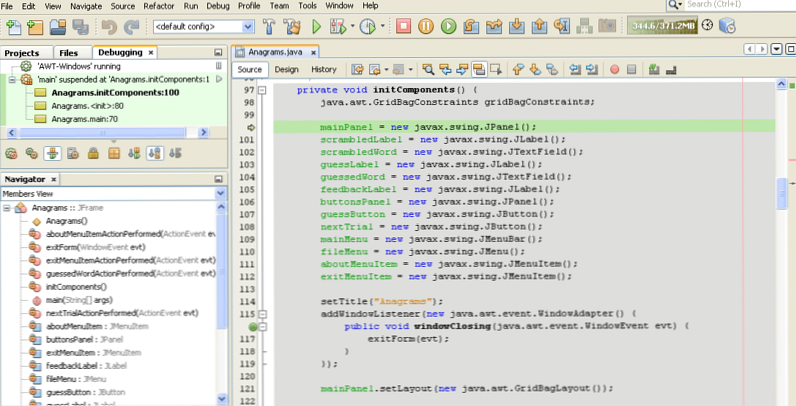What is the Difference Between Emulator and Debugger? with Proper Definition and Brief Explanation
The main difference between emulator and debugger is that an emulator is a tool that allows a computer system to behave like another computer system whereas a debugger is a tool that helps in testing and debugging computer programs.
An embedded system is a system consisting of hardware and software embedded in it. It performs a specific functionality and uses a microcontroller or a microprocessor. In addition, it has memory, hardware, software and peripherals to connect components. In addition, it contains sensors, actuators, analog to digital converters, digital to analog converters, etc. Furthermore, the two main tools that support the development of embedded systems are the emulator and the debugger.
Key Areas Covered
1. What is an emulator?
– Definition, Functionality
2. What is a debugger?
– Definition, Functionality
3. What is the difference between emulator and debugger?
– Comparison of key differences
Key terms
Debugger, Emulator
what is an emulator
An emulator is a tool that allows one computer system to function like another computer system. A hardware emulator provides the target system environment. Furthermore, it consists of a microcontroller, RAM, and related interconnect circuitry.
A circuit to emulate a target system remains independent of a specific system and processor. For example, suppose there is a fault in an IC of an electronic circuit. Instead of placing the IC, it is possible to use an emulator and check its behavior. If the system works fine, then it is possible to implement the real application. In general, an emulator provides flexibility and makes system development easier.
What is a debugger?
The debugger is a tool that helps to test and debug programs. A host machine develops embedded software. After this development process, it becomes executable code. Then, it is embedded in the destination machine.
There are three requirements for debugging an embedded system. They are the following.
Run control – The ability to start, stop, peak the processor and memory.
Memory replacement – Replacement of ROM-based memory with RAM for quick and easy code download and repair cycles
Real -time analytics – Track code flow in real time with real-time trace analytics

A debugging system should have two processes. They are the test program and the debugger. In other words, they are the debugging core on the target and the host application that communicates with it. It is important to run the debugger as a separate process and to provide a separate execution unit to run a debugger.
Difference Between Emulator and Debugger
Definition
An emulator is hardware or software that allows a computer system to behave like another computer system. In contrast, a debugger is a computer program that helps test and debug other programs or target programs. This is the basic difference between emulator and debugger.
Use
An emulator allows the host system to run software, peripherals, and other components designed for the target system. Meanwhile, a debugger helps identify bugs in a computer program and fix them. This is another difference between emulator and debugger.
Conclusion
Emulator and debugger are two main tools that support the development of embedded systems. The basic difference between emulator and debugger is that an emulator is a tool that allows a computer system to behave like another computer system while a debugger is a tool that helps in testing and debugging computer programs.
Reference:
1. “Emulator”. Wikipedia, Wikimedia Foundation, October 8, 2018, Available here.
2. “Debugger”. Wikipedia, Wikimedia Foundation, July 18, 2018, Available here.
Courtesy image:
1. “Hercules-emulator-running-ubuntu” By Own work – Own work (Public Domain) via Commons Wikimedia
2. “Debugger” By Batka 3024 – Own work (CC BY-SA 4.0) via Commons Wikimedia